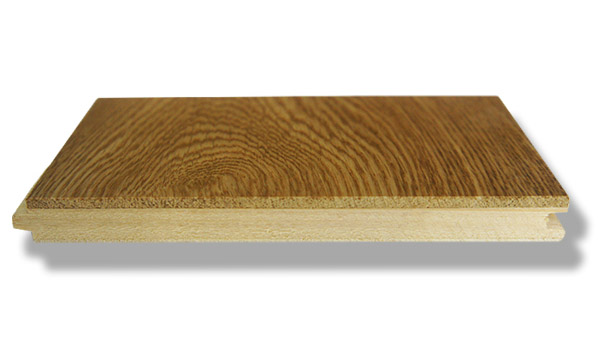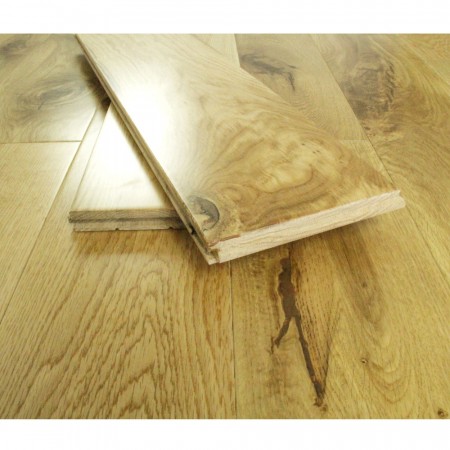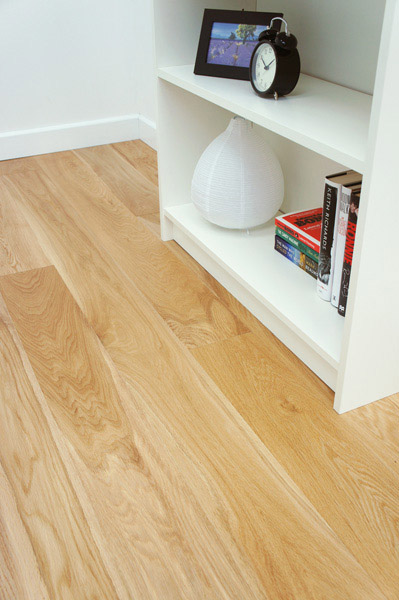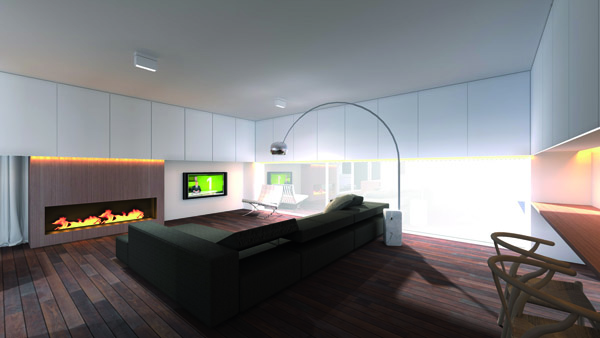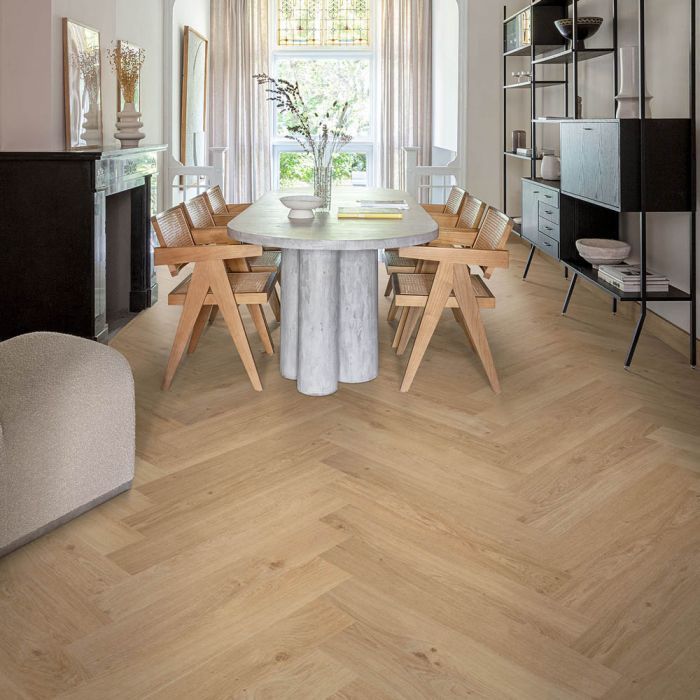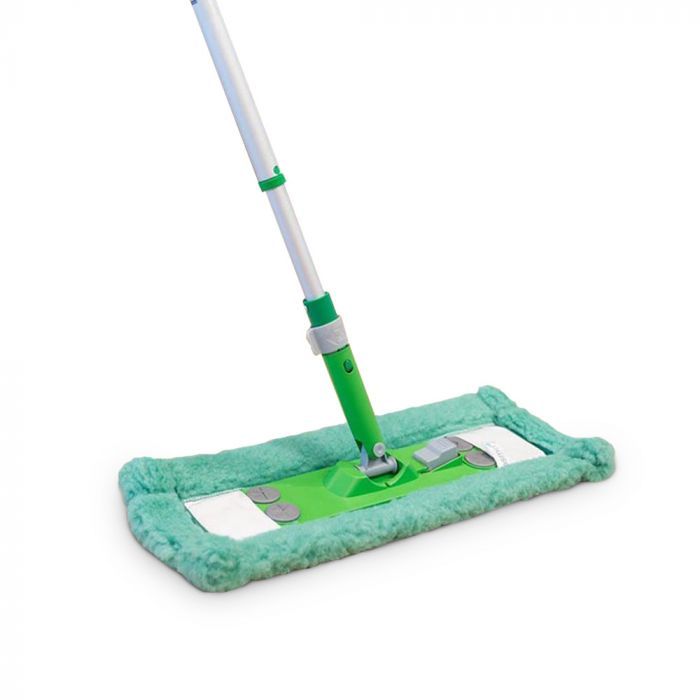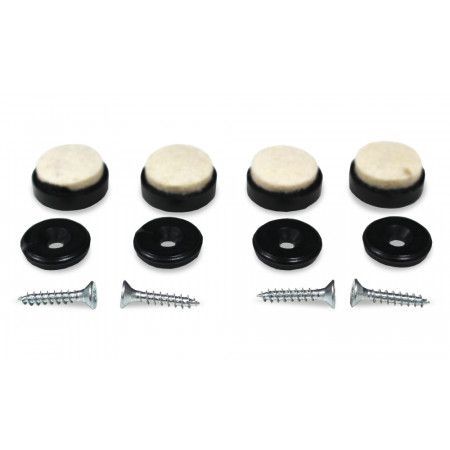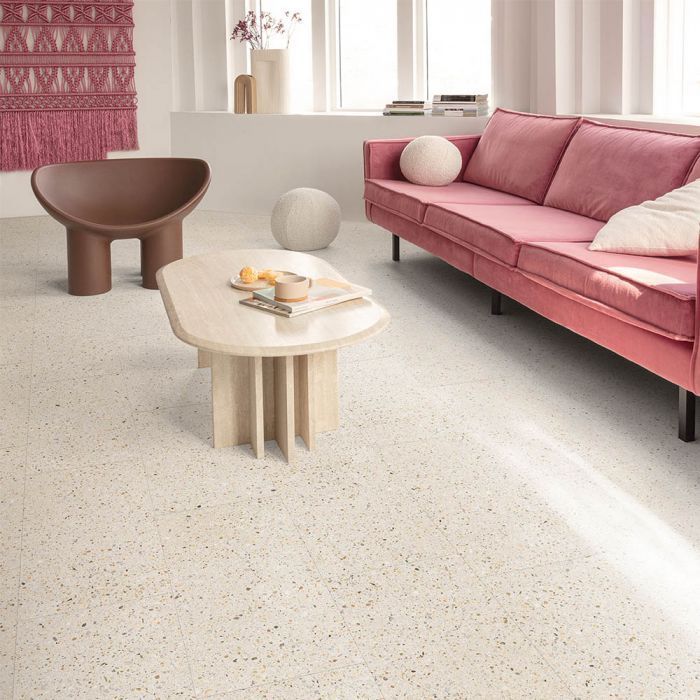What is engineered wood flooring?
Engineered wood flooring is one of the most common types of hardwood flooring available. It has a solid wood top layer so looks just like a solid wooden floor once it has been installed. It has become increasingly popular because of its versatility, durability and easiness to install. Engineered wood flooring should not be mistaken for laminate flooring, which is in fact, a picture of wooden flooring laminated onto high density fibreboard.
How is engineered wood flooring made?
Engineered wood flooring is made up from multiple layers of wood which have been bonded together to provide a dimensionally stable plank of flooring. The flooring has a top layer, or wear layer of solid wood (of a chosen species, e.g Walnut or Oak). This wear layer must be at least 2mm thick otherwise the flooring is classified as veneer rather than engineered. The base layers cannot be seen once the flooring has been installed, and is usually made from plywood or a middle layer Eucalyptus or Hevea and then a plywood base layer.
What size are engineered wood flooring planks?
Engineered wood flooring is available in a variety of different plank sizes, usually with fixed lengths but thickness ranging from 12.5mm to 22mm and widths of between 100mm and 400mm.
What fitting system does engineered wood flooring have?
Engineered wood flooring is available with either the traditional tongue and groove profile or a click fitting system.
Where can engineered wood flooring be used?
Engineered wood flooring is very versatile and durable so can be used in most rooms in your home. It can withstand moderate changes in temperature and humidity so can be used in kitchens, conservatories and rooms with large amounts of glazing, in addition to hallways and living spaces. The only rooms that it is not advisable to use engineered hardwood flooring in would be bathrooms, utility rooms or any other areas with large amounts of water and moisture. 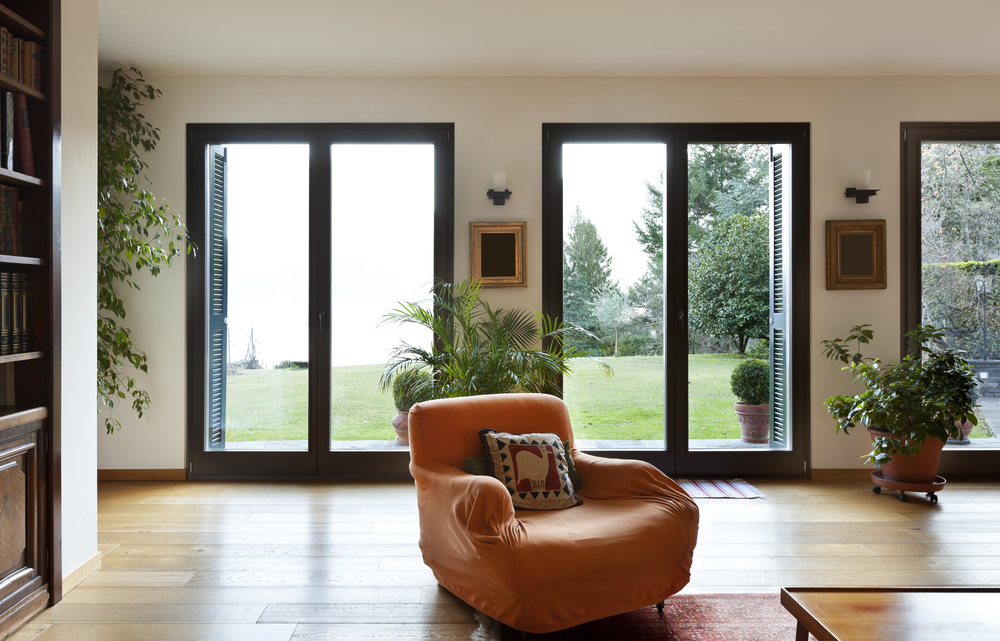
Can I use engineered wood flooring with underfloor heating?
Yes, engineered wood flooring can be used with underfloor heating systems.
How should I install engineered wood flooring?
Because engineered wood flooring is made from multiple layers, making it dimensionally stable, it does not need fixing in place like solid wood flooring. The most popular way to install the flooring is by loose laying (or floating) over an underlay. The planks are then clicked or glued together but not fixed to the underlay. Alternatively, engineered wood flooring can be glued down directly to the subfloor, or secret screwed or secret nailed down if the plank of flooring is at least 18mm thick.
What are the benefits of engineered wood flooring?
• Looks just like solid wood flooring once installed
• Cheaper than solid wood flooring
• Quick and easy to install
• Can be floated over an underlay
• Can be used with underfloor heating systems
• Can be used in kitchens and conservatories
• Available with either a tongue and groove or click fitting system
• Available in different widths

